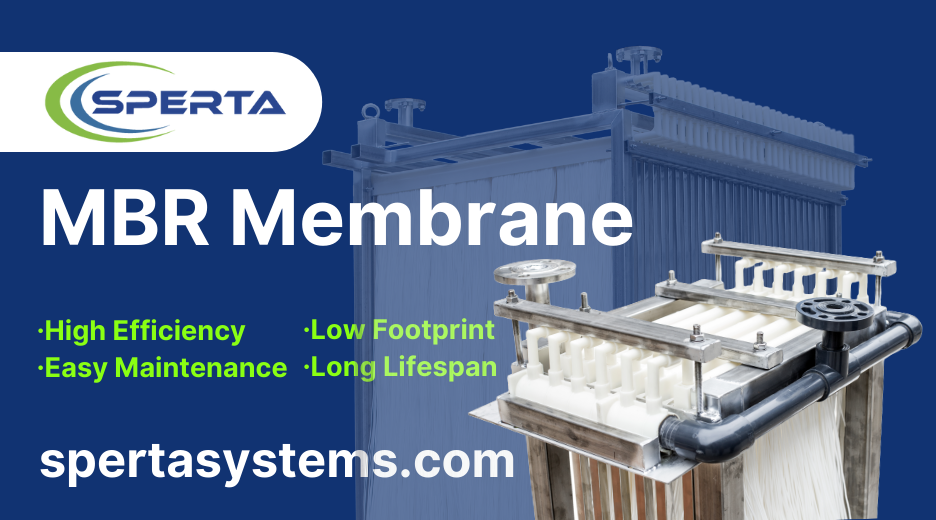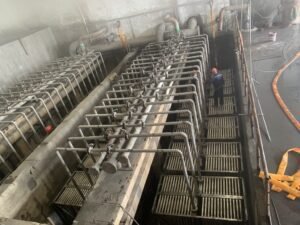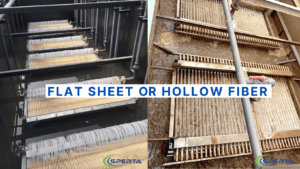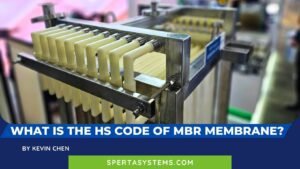In wastewater treatment, there’s a delicate balance to maintain. Just like a chef needs the right ingredients in the right amounts, wastewater treatment plants need the proper levels of Mixed Liquor Suspended Solids (MLSS) to work effectively. But what happens when there’s too much of this “ingredient”?
When MLSS levels are too high, it can lead to a range of problems in the wastewater treatment process, from reduced oxygen transfer to operational challenges.
Keeping the right balance is crucial, not just for the efficiency of the treatment process but also for the environment and the communities relying on clean water.
What exactly is MLSS?
MLSS refers to the concentration of suspended solids, mainly microorganisms, in the aeration tank of a wastewater treatment plant. These microorganisms play a vital role in breaking down and removing pollutants from the water. But, like everything, there’s an optimal range for these solids.
Why might MLSS levels rise?
There are several reasons why MLSS might increase. It could be due to reduced waste of sludge, equipment failures, or changes in the incoming wastewater’s characteristics. Sometimes, it’s a combination of factors.
What are the impacts of high MLSS?
Reduced oxygen transfer
High MLSS levels can make it harder for oxygen to dissolve in the water. This can slow down the microorganisms’ activity, making the treatment less efficient.
Overgrowth of microorganisms
Too many microorganisms can lead to problems like bulking, where the sludge doesn’t settle properly. This can cause issues in the secondary clarifiers and even lead to untreated wastewater being discharged.
Increased viscosity
The mixed liquor becomes thicker when MLSS is high. This can strain pumps and mixers, leading to potential equipment failures.
Membrane fouling in MBR systems
For plants using Membrane Bioreactors, high MLSS can lead to fouling of the membranes, reducing their lifespan and efficiency.
Settling issues
High MLSS can affect the settling properties of the sludge in secondary clarifiers, leading to cloudy treated water.
How can high MLSS be managed?
Adjusting the waste rate
By wasting more sludge, plants can control biomass growth and bring MLSS levels back to the desired range.
Increasing aeration
More aeration can improve oxygen transfer, helping the microorganisms work more efficiently.
Regular checks and maintenance
Keeping an eye on equipment and regular maintenance can prevent failures that lead to high MLSS.
Conclusion
Maintaining the right MLSS level is a balancing act. It’s crucial for the efficiency of the wastewater treatment process and for ensuring clean water for communities. By understanding the impacts of high MLSS and taking proactive measures, plants can ensure they stay on track.
The above is information about the MLSS in the MBR membrane tank. If you still have questions about the membrane bioreactor or need to purchase MBR membranes, don’t hesitate to contact SPERTA.
Shanghai SPERTA Environmental Technology Co., Ltd. has specialized in producing water treatment products for many years. The company has the core technology of producing MBR membrane components. It has a high production capacity, aiming to build a high-quality brand of MBR production and sales all over the world. If you have any needs, please feel free to contact us.










